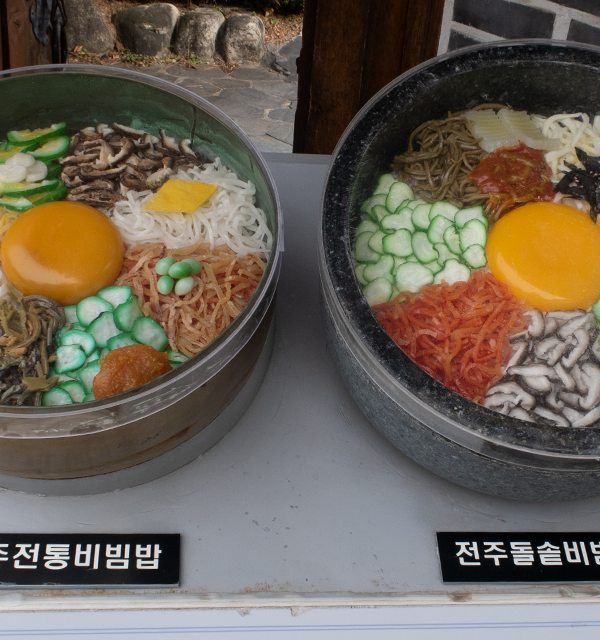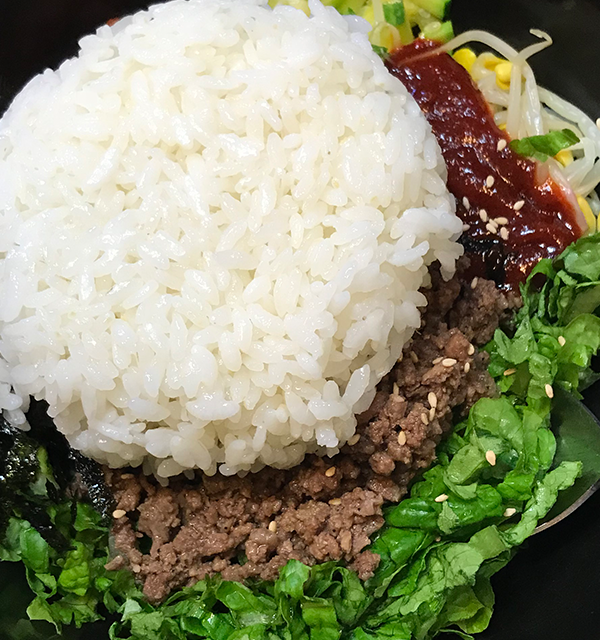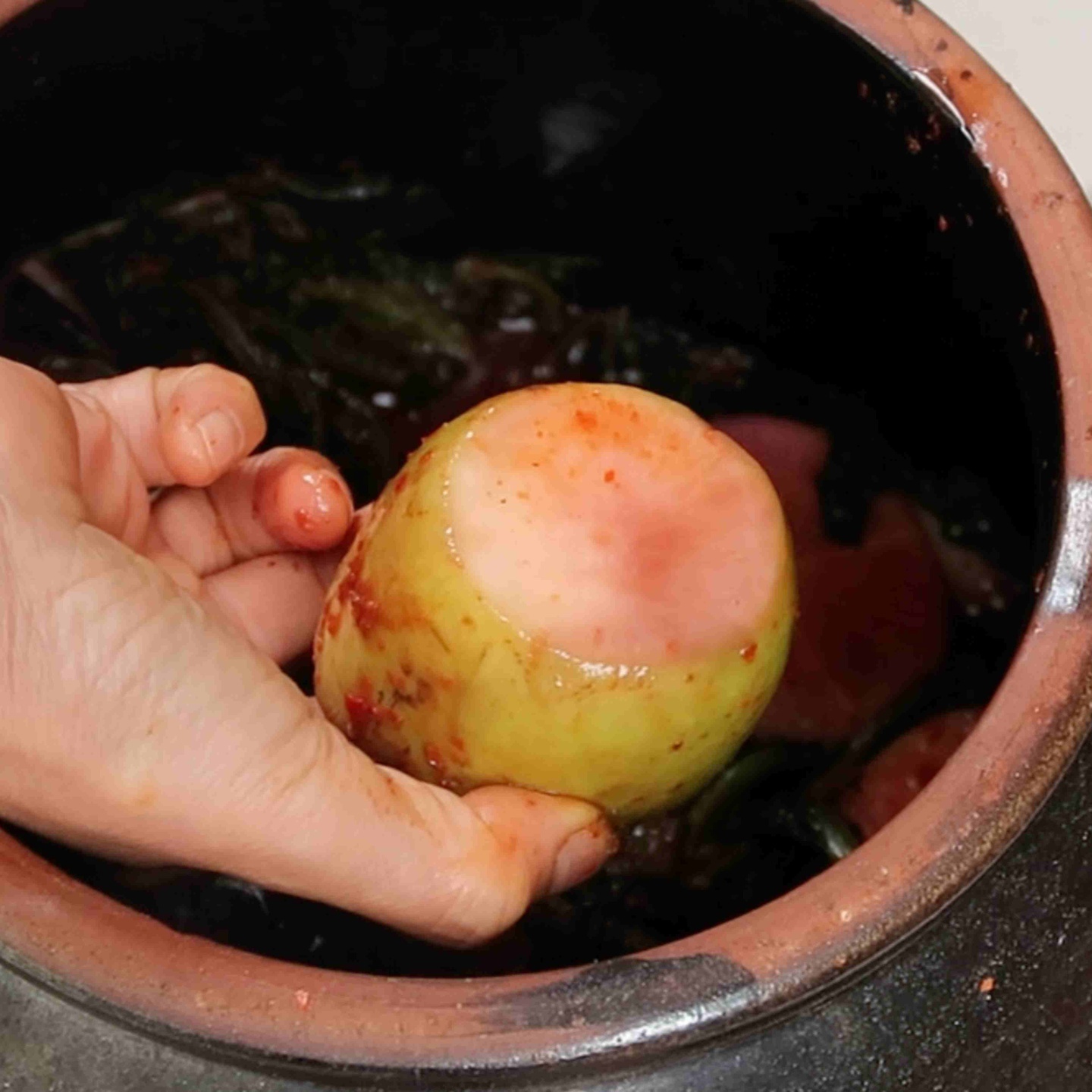Different regions in Korea add different ingredients to their Bibimbap. Here are just some popular options for you that you can add to your Bibimbap.
Vegetables:
Some vegetables can be served raw as they are, stir-fried, seasoned, or pickled to add more dimension to your bibimbap.
- Seasoned spinach (시금치)
- Bellflower root (도라지)
- Fern brake (고사리나물)
- Stir-fried squash/zucchini (애호박)
- Pickled or stir-fried radish (무생채/무나물)
- Mushrooms (표고버섯)
- Bean sprouts (mung or soybean)
- Stir-fried or raw perilla leaves (깻잎)
- Stir-fried carrot (당근)
- Seasoned salted cucumber (오이지무침)
- Sweet potato stems (고구마줄기)
- Stir-fried eggplant (가지나물)
- Sliced raw Lettuce (상추)
- Sliced plain Cucumber (오이채)
- Salt sandspurry (세발나물)
- Water dropwort (미나리)
- Chwinamul (취나물)
- Radish sprouts (무순)
- Sliced raw pear (배)
Proteins:
- Beef bulgogi
- Boiled Clams (참꼬막)
- Ground pork
- Ground beef
- Raw seasoned beef
- Salmon (연어)
- Tuna Mayo
Bibimbap Garnish
You can garnish your Bibimbap with an egg yolk, a fried egg, or a basted egg.
Some other garnishes that you can add are pine nuts, dried shredded seasoned seaweed (맛김), sesame seed salt, sesame seeds, sesame oil, or a yellow jelly (황포묵).



